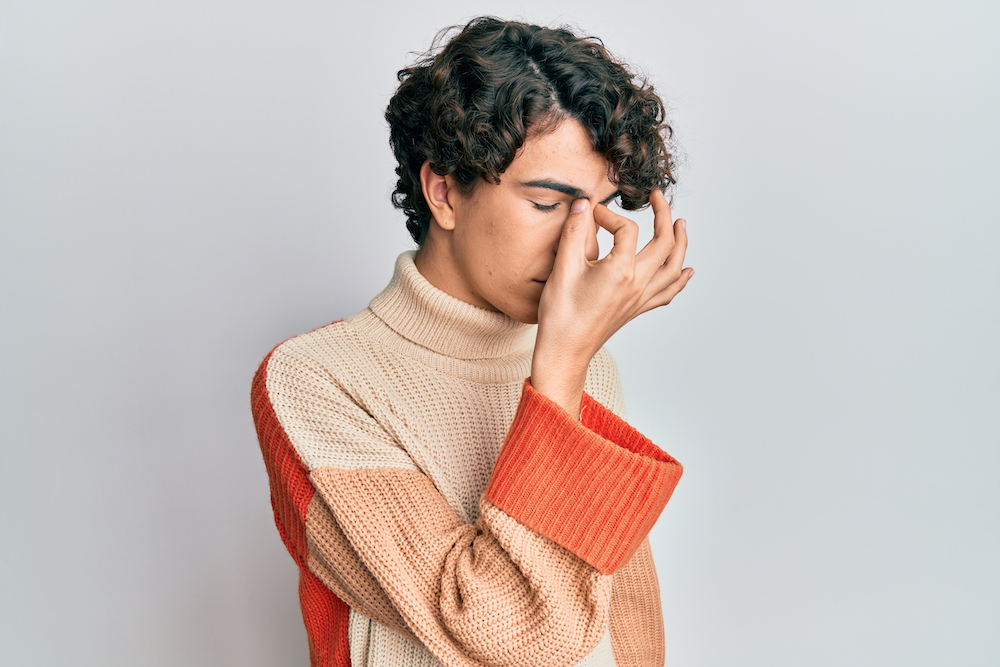
The eyes produce tears constantly. Tears are made up of water, protein, fatty oils, electrolytes, and substances that fight bacteria. Tears help keep the eye surface clear and smooth, allowing good vision. Dry eye occurs when tears evaporate too fast or when the tears produced aren’t a sufficient quantity.
This condition is quite common and can affect one eye or both. It can progress over time, resulting in eye inflammation. Dry eye usually affects the elderly, but it can affect people of all ages. People produce fewer tears as they age.
Healthy Tear Film
Healthy eyes have a natural fluid cover known as the tear film. The film contains three layers: water, oil, and mucus. The film remains stable when one blinks, enabling clear vision and preventing eye dryness.
If the tear glands fail to produce enough tears, the tear film becomes unstable. The film can break down quickly, resulting in dry spots on the eye surface. An imbalance in the mixture of tears results in dry eyes.
What Causes Dry Eye
Dry eye can result from insufficient tear production and imbalance in the tear mixture, causing it to evaporate too quickly. It also results from eyelid problems, systemic diseases, some medications, and environmental factors.
People with a vitamin A deficiency tend to experience dry eye conditions. Dry eye is more common among women than men, and it’s possible to get at any age. Dry eye in children has been linked to prolonged digital screen time and too much time spent indoors.
Symptoms of Dry Eye
Patients with dry eyes often experience a wide range of symptoms. Among these are a burning or stinging sensation, a feeling of grittiness and soreness, and a feeling of sand in the eye.
Other symptoms are a stringy eye discharge, eyes sticking together, eye redness, sensitivity to light, eye fatigue, and blurred vision. Patients may also experience sensitivity to wind and smoke, difficulty keeping eyes open, double vision, difficulty wearing contacts, and tearing.
Diagnosing Dry Eye
To diagnose dry eye conditions, the doctor will carry out an examination. The doctor will ask about symptoms, the patient’s medical history, current medications, the patient’s lifestyle, occupation, and other personal circumstances.
Tests determine the amount of tears and whether the tear film is functioning well. The tests will also determine the rate of tear evaporation. Treatment of dry eye will depend on the underlying cause.
Treating Dry Eye
Treatment of dry eye will depend on the condition, but the goal is to keep the eyes lubricated. Treatment aims to make the most of the natural tears produced, reduce the drainage of tears, and also improve the quality of tears.
Some treatment options include:
Eye drops, ointments
Medications, nutritional supplements
Eyelid hygiene
Scleral contact lenses
Blocking the tear ducts using silicone plugs
In-office treatments
To find out more about dry eye, contact Clarity Vision in Clayton, North Carolina at (919) 550-4801 today to schedule an appointment.
















